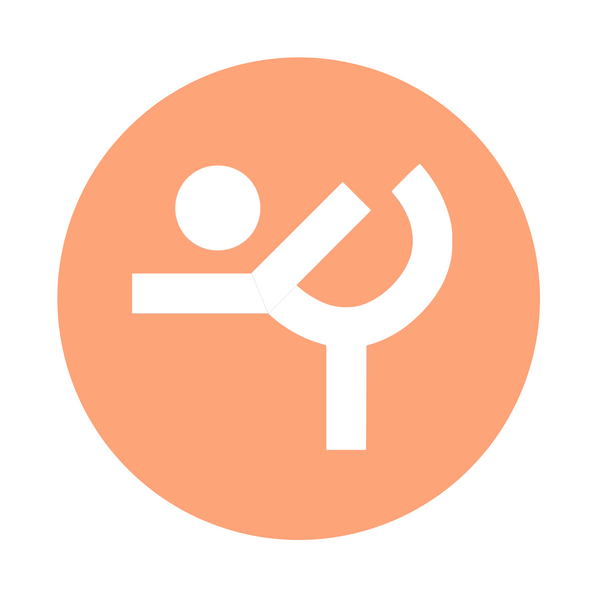The lower back, often referred to as the lumbar region, is a crucial area of the body that plays an essential role in supporting our posture, movement, and overall stability. It's home to several important muscles, each contributing to different functions that allow us to move, bend, twist, and lift with ease. However, lower back pain is a common issue that affects millions worldwide, often caused by muscle strain, poor posture, or injury. Understanding the muscles of the lower back is key to maintaining a healthy, pain-free back.
Anatomy of the Lower Back Muscles
The lower back is composed of several key muscles that work together to support and stabilize the spine. These muscles can be categorized into deep and superficial muscles.
1. Deep Muscles
These muscles are located closer to the spine and help with stability, posture, and controlling movements.
- Multifidus: This muscle runs along the vertebrae of the spine, providing stability and support. It is especially important for controlling small, fine movements of the spine.
- Erector Spinae: This is a group of muscles that runs along the length of the back, from the neck down to the pelvis. The lower part of this muscle, known as the iliocostalis lumborum, is crucial for supporting the lower back during bending and lifting activities.
- Quadratus Lumborum: This muscle is located on either side of the lumbar spine and plays a major role in lateral flexion (side bending) of the spine. It also helps stabilize the pelvis and spine when standing or walking.
2. Superficial Muscles
The superficial muscles are more visible and responsible for larger movements and overall posture.
- Latissimus Dorsi: While primarily known for its role in the upper back, the latissimus dorsi extends into the lower back region. It helps in pulling movements like lifting and rowing, and provides assistance in stabilizing the trunk.
- Gluteus Maximus: Though part of the hip muscles, the gluteus maximus works in tandem with the lower back muscles to support movements like squatting, lifting, and climbing. A strong gluteus maximus also helps reduce strain on the lower back.
Functions of the Lower Back Muscles
The muscles in the lower back have a variety of functions that are essential for everyday movements and activities. These include:
- Spinal Stabilization: The deep muscles around the spine, including the multifidus and erector spinae, maintain the structural integrity of the spine, ensuring that it can bear weight and withstand the forces placed upon it.
- Flexion and Extension: The lower back muscles allow us to bend forward (flexion) and straighten up (extension). The erector spinae group and the quadratus lumborum are critical in these actions.
- Lateral Flexion and Rotation: The quadratus lumborum and erector spinae muscles help us bend to the side (lateral flexion) and rotate the torso, allowing for movement and mobility during activities such as twisting or turning.
- Postural Support: These muscles help maintain an upright posture while standing, sitting, or walking. Weakness in the lower back muscles can contribute to poor posture, which often leads to discomfort and strain.
- Transferring Force: The lower back muscles are vital for activities that involve lifting and transferring weight. For example, when lifting a heavy object, the lower back muscles work together with the core and legs to distribute the load efficiently.
Common Causes of Lower Back Pain
Unfortunately, due to the amount of stress placed on the lower back muscles daily, they are prone to injury. Some common causes of lower back pain include:
- Muscle Strain: Overuse, sudden movements, or improper lifting techniques can strain the muscles in the lower back.
- Poor Posture: Sitting or standing with poor posture puts extra pressure on the muscles and ligaments in the lower back, which can lead to discomfort and pain.
- Weak Core Muscles: The muscles of the abdomen, pelvis, and lower back work together to stabilize the spine. A weak core can lead to increased strain on the lower back muscles.
- Herniated Disc: When one of the spinal discs in the lower back bulges or ruptures, it can press on nearby nerves and cause pain.
- Arthritis: Age-related wear and tear on the spine can lead to conditions like osteoarthritis, which can result in pain and stiffness in the lower back.
Tips for Keeping Your Lower Back Healthy
- Strengthen Core Muscles: Exercises like planks, bridges, and leg raises help strengthen the muscles in the abdomen, pelvis, and lower back, reducing strain on the spine.
- Practice Good Posture: Maintain a neutral spine when standing or sitting. Avoid slouching or rounding your lower back. Use ergonomic chairs if sitting for long periods.
- Lift Properly: When lifting heavy objects, bend at the knees rather than the waist, and keep the object close to your body to minimize strain on your lower back.
- Stretch Regularly: Stretching the muscles of the lower back, hamstrings, and hip flexors can improve flexibility and reduce tightness, helping to prevent injury.
- Stay Active: Regular physical activity, including walking, swimming, and yoga, can help keep the muscles in your lower back strong and flexible.
- Manage Weight: Carrying excess weight can put added strain on your lower back muscles. Maintaining a healthy weight reduces the risk of back pain and injury.
To sum it all up!
The muscles of the lower back are essential for a variety of functions, including supporting the spine, allowing movement, and maintaining proper posture. Strengthening these muscles and practicing good habits, such as proper lifting techniques and posture, are key to avoiding pain and injury. By staying active, stretching regularly, and prioritizing core strength, we can keep our lower back healthy and pain-free for years to come
